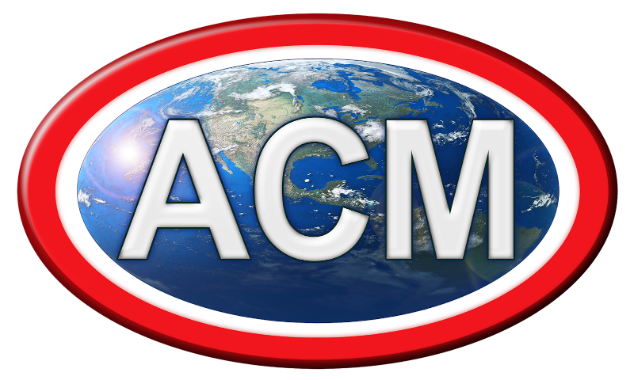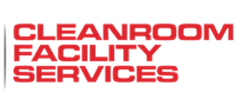Environmental Monitoring Services
Maintain Compliance and Control Contamination
ACM develops ISO 14698-compliant Environmental Monitoring programs that proactively safeguard product quality, ensure regulatory compliance, and continuously validate the integrity of the cleaning and disinfecting programs
Our EM programs help maintain GMP standards, detect microbial risks early, and support audit readiness through detailed reporting, trending, and root-cause analysis.
EMA Services
ACM offers Nationally Recognized Testing Laboratories (NRTL) for EM data management.
We offer daily, weekly, and quarterly EM programs for areas such as:
Custom Environmental Monitoring Programs for Regulatory Confidence
ACM develops tailored Environmental Monitoring (EM) programs to help facilities maintain a validated state of control and meet stringent regulatory expectations. From sampling design to data analysis, our services are structured to detect potential risks before they become costly issues—empowering your team with reliable, actionable insights.
Custom EM Program Features
What Does ACM Monitor?

High contact equipment such as tabletops, process equipment, walls and floors are monitored regularly to ensure that the cleaning program is consistent and compliant.

Personnel are monitored to assess the effectiveness of the gowning program. A qualified person uses contact plates to monitor areas of the gowned body that may interact with the sterile field or product exposure areas. These may include gloved hands, forearms, or other areas.

Air samples are measured in two ways: the first by drawing in predetermined volumes of air over a sterile growth plate and the second by exposing growth plates to the environment for a specific period of time.
A Hepa HVAC system can account for 99.97% of all of the non-viable and viable particulates throughout the controlled area; the remaining 0.03% will settle and contribute to Alert and Action levels.

Surfaces are monitored to measure the effectiveness of the cleaning program. High-contact equipment such as tabletops, process equipment, walls and floors are monitored regularly to ensure that the cleaning program is consistent and comprehensive.
ACM will help your manufacturing facility develop a Environmental Monitoring Program as a proactive way to ensure cleanliness is maintained.
“Until ACM came on board, the particle count had never been this low (100,000 down to 59,000). Our floors always look new, and our customers are always saying how clean our Fab looks. Thank you and your team for caring.”
– Microelectronics VP, Facilities
“As far as I know there have been no ACM deviations this year. Thank you! These results demonstrate excellent attention to aseptic gowning and behaviors by the ACM staff! Please encourage the associates to continue using good aseptic technique.”
– Pharma Quality Assurance Department
“What was said was that ‘the cleaning crew in place now by far surpasses the quality of work ever done here before…’”
– Medical Center Facilities Supervisor

